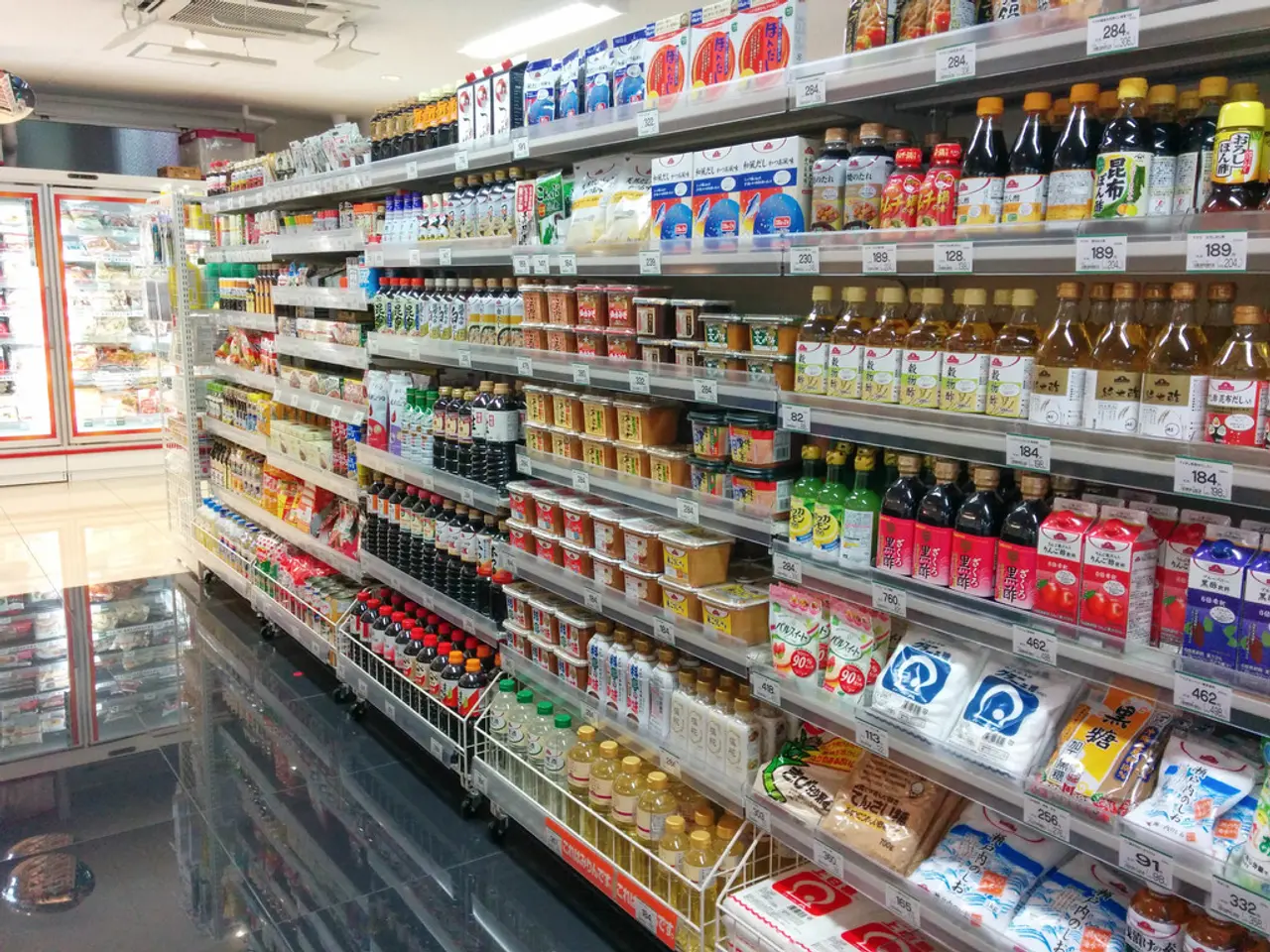Revisited Neobanking: Do free accounts once again find themselves commercially available?
In the ever-evolving world of finance, neobanks like Vivid, Tide, N26, Holvi, and Fyrst have reintroduced free accounts in 2024, aiming to boost user growth and market share. However, this move has put pressure on their profitability margins due to several factors.
Historically, neobanks have relied heavily on offering free accounts to rapidly acquire customers. Yet, generating sustainable profits has been a challenge due to high operational costs and low or negative interest margins. The reintroduction of free accounts in 2024 is a strategic move to stay competitive, but it comes at the expense of increased cost burdens without directly generating income from those accounts.
The regulatory landscape has grown stricter in 2024 and 2025, with enhanced transparency requirements, tighter compliance standards, and greater monitoring obligations imposed on financial service providers. These regulatory demands increase operational costs and complicate profitability pathways. For instance, tighter AML/KYC compliance and transparency mandates for loans and advances force neobanks to invest more in compliance infrastructure, limiting flexibility and adding to cost structures.
Neobanks also face legacy infrastructure challenges and rising customer expectations for seamless, frictionless services, including instant settlement capabilities. Some fintechs are shifting towards integrating stablecoin settlement mechanisms to improve backend efficiency and user experience. However, transitioning systems also demands capital and engineering investment, impacting short-to-medium-term profitability.
The German market, known for its complexity, poses a significant challenge in risk management for neobanks. Many neobanks seem overwhelmed in risk management and have been fined by BaFin, the German financial regulator. The pressure to become profitable is higher in the fintech world compared to before, with investors and regulators, including BaFin, putting pressure on many neobanks.
Revenue for neobanks primarily came from card payments, not subscription or account fees. With ten bookings per month, the free account with SEPA fees is cheaper than the cheapest subscription, which is 4.50 euros, at Holvi. Customers pay 25 cents per SEPA transaction for the free account at Holvi.
Despite these challenges, neobanks believe they have learned from the growth phase and now know what's needed for a stable and sustainable free offering. Holvi, for instance, introduced a free account this week, and Müller, the CEO, believes they are well-positioned to navigate this complex trade-off between growth and sustainability.
However, the strategy of free accounts operates under a more constrained environment, making sustainable profitability a greater challenge for neobanks unless they rapidly diversify revenue streams, enhance operational efficiency, or effectively monetize premium services beyond free accounts. There is no indication from current data that these neobanks have achieved consistent profitability solely by reintroducing free accounts under the prevailing regulatory pressures and market conditions.
The return of free accounts among neobanks marks a renewed price war between those that are still being supplied by capital providers and those that now have to run a profitable business. The number of new company registrations rose by 0.2 percent to almost 600,000 in 2024, according to the Federal Statistical Office, indicating a growing market for these services.
As the landscape continues to evolve, it will be interesting to see how these neobanks navigate these challenges and find a path to sustainable profitability.
Fintech businesses like Holvi, in response to the growing competition in the world of finance, have reintroduced free accounts in 2024 to boost user growth, but the regulatory landscape and operational costs have placed pressure on their profitability margins, necessitating the need for rapid diversification of revenue streams or enhanced operational efficiency to maintain sustainability.
Tightened AML/KYC compliance requirements, increased monitoring obligations, and the need for greater investments in compliance infrastructure have raised the cost burdens and complicated the profitability pathways for technology-driven neobanks operating in an ever-evolving financial industry.




